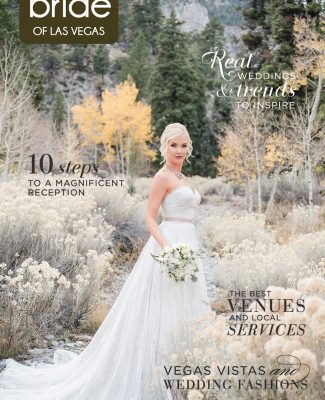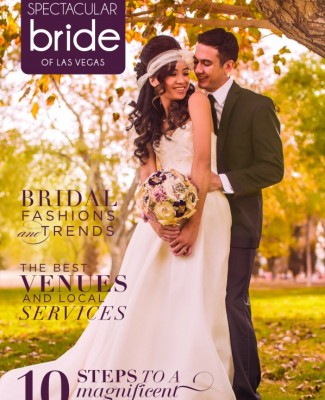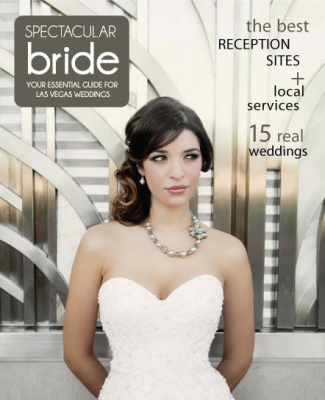Will you host a receiving line at your wedding? No, grooms, not a receiver; get your heads out of the end zone. This is different. But don’t worry. You’re not the only one who isn’t familiar with this age-old wedding tradition.
Recently, fewer and fewer brides and grooms have incorporated receiving lines into their Las Vegas weddings. While you may assume this means receiving lines are outdated, it’s also possible that today’s brides simply don’t know about this classic element. That’s why today we’d like to present your bridal guide to traditional wedding receiving lines. We’ll take a look at what a receiving line is, how it’s done, and why it’s important. Then, you’ll be better prepared to decide if this practice fits the tone of your Las Vegas wedding.

Welcome to the Receiving Line
According to tradition, a receiving line is simply part of the wedding day program that lets the hosts (bride, groom, and their parents) welcome each guest. As time intentionally built into the day’s activities, you’re guaranteed to speak to each guest without having to rush around the reception later as you try to thank everyone for attending.
On the Stairs, In the Lobby, Near the Lawn
After the ceremony, the bride, groom, and their families are the first to exit via the aisle during the Recessional. As the hosts, you’ll then find a place to stand as the start of the receiving line. Ideally, this place will have space for you to stand comfortably while also giving your guests room to move in a smooth procession.
Since you do need to be in an area that guests will pass as they exit the ceremony area, choose your location strategically. Consider standing on the stairs outside a church, in the lobby of your reception venue, or at the edge of a golf green as your guests make their way from the lawn ceremony to the indoor cocktail hour. Select any place that you feel is calm, cool (you don’t want to get sweaty with all those hugs), and comfortable.
Line Up, Folks
After the ceremony, once the wedding party has walked up the aisle, guests will begin to move. So, brides, act quickly. Position yourself in your receiving line spot and get ready for the guests. Everyone in attendance will line up to shake your hand, kiss you on the cheek, grip you in a hug, or offer congratulations. In turn, as each guest passes, thank them for their well wishes and for attending your wedding.

Congratulations, Thank you, and Well Wishes
While some guests will have to wait in line a long time and you’ll certainly be on your feet for a while, this time is important. Your guests will feel included and welcome on your wedding day as they remember the words you exchanged with them. Also, as you greet guests now, you’ll be free later to enjoy the reception party, instead of making the rounds and worrying when you don’t find time to speak to every guest in attendance.
The Heart of This Tradition
While this tradition ensures every guest is given a few special moments with the happy couple, a traditional receiving line isn’t every bride’s best option. Maybe you’d prefer to mingle with your guests over dinner, personally usher guests out of their ceremony rows, or invite others to dance with you at your reception. This decision is up to you. Whether you choose to include the traditional receiving line or put a personal spin on this timeless tradition, just remember what’s at its heart. Greet your guests, and give them time to talk too. With words and hugs exchanged, memories made, and hearts warmed, your wedding day will become a special time for you and your guests too.
If you’re interested in modern alternatives to the classic receiving line, check back tomorrow as Bridal Spectacular’s Las Vegas Wedding Blog brings you several solutions for brides who want to greet their guests, skip the line, and dissolve the guest waiting time.
Author: Allyson Siwajian © 2011
Photos: Jamison Frady of Quiet Art Photography © 2010 (Used by permission.)























